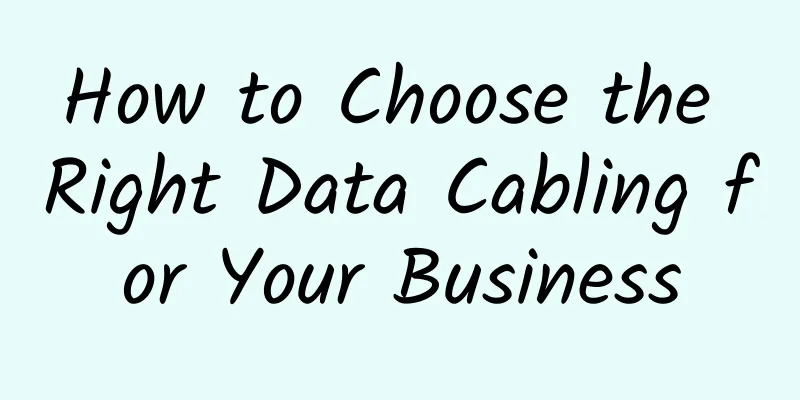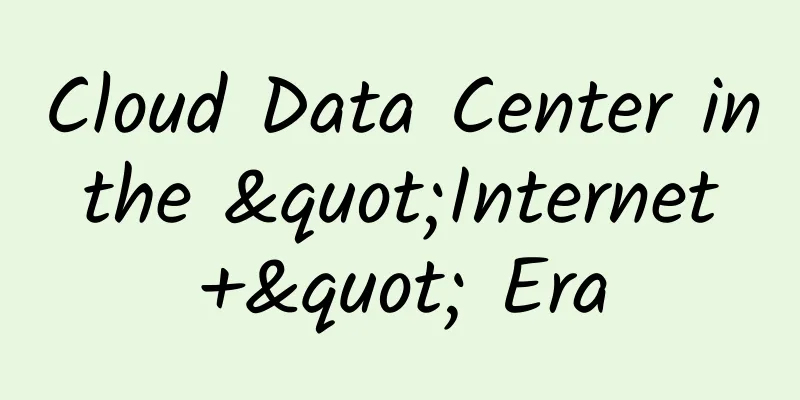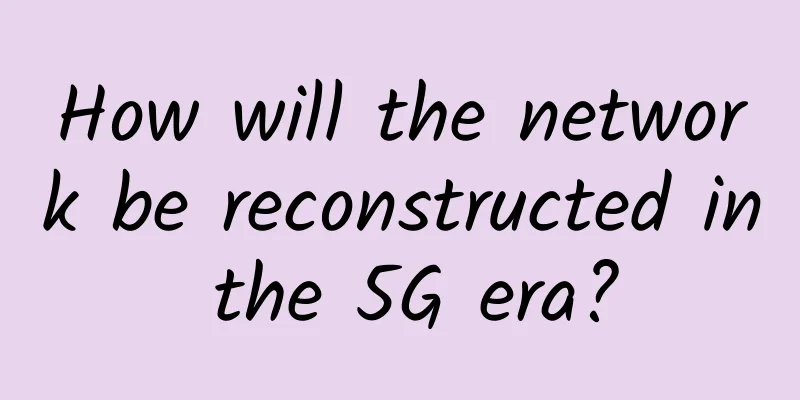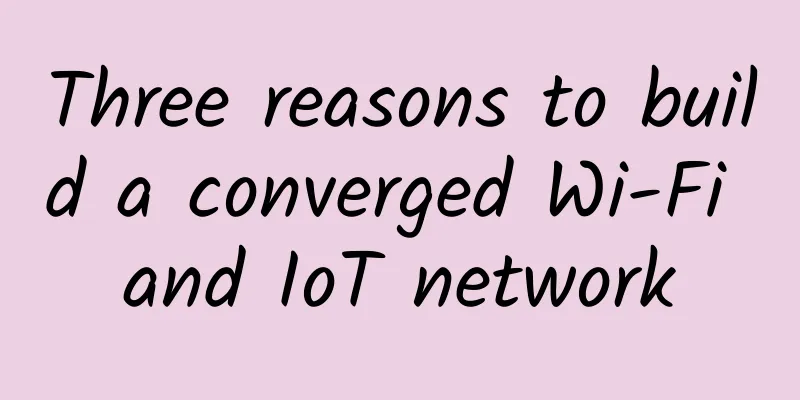How to Choose the Right Data Cabling for Your Business

|
Are you building a new office? Is your current office expanding? If so, you need to install data cabling. This is the process of wiring your office with the necessary cables to enable computer networking. There are a few things to consider when choosing the right data cabling for your business. In this article, we'll discuss some of the most important factors to keep in mind when making your decision.
These are just some of the many benefits that data cabling can bring to your business. If you are considering cabling your office, be sure to consult a professional who can help you choose the right type of cabling for your needs. |
<<: The rise of cybercrime today: how to deal with cybersecurity threats
>>: How 5G can drive a sustainable future
Recommend
Twelve questions about Internet knowledge, do you know?
[[379905]] Preface Countdown to Chinese New Year~...
New infrastructure defines the new connotation of data center
At this year's National People's Congress...
How online help documents/user manuals can help companies better understand their users
Did you know that every negative review you recei...
Nearly 150 universities have adopted the simplified Ethernet all-optical network: it is not only as simple as 10G access to the room and simplified operation and maintenance!
[[416673]] In the first year of the 14th Five-Yea...
Unity Online Technology Conference officially opens, with major upgrades to hardcore technology
Beijing, November 17, 2020 - On the evening of th...
In the era of stock management, operators still need to provide refined services
Recently, the three major operators announced the...
With so many mobile payment options available, which one will dominate the market?
In the middle of last month, South Korean Preside...
Powered by EMUI 9.1, Huawei Enjoy 10S brings users a brand new smart experience
In the era of information explosion, consumers ar...
Tell you the real strength of the four major communication operators' 5G
Recently, our country has determined the 2020 &qu...
LiCloud: $29.99/month Hong Kong dedicated server - E3-1230v2, 8G memory, 240G SSD or 1TB HDD hard disk, 15M bandwidth
LiCloud.io is a hosting company (LiCloud Limited)...
Considerations for designing the integrated cabling system in IDC computer rooms
IDC is the abbreviation of Internet Data Center. ...
[Christmas] Unesty VPS 50% off, €2.1/month-AMD Ryzen9/2GB/50G NVMe/1Gbps unlimited traffic
Unesty is a German hosting company founded in 201...
LOCVPS 20% off, Hong Kong Cloud/Confederation VPS bandwidth upgrades at no additional cost
LOCVPS released the promotion information for Jul...
Juniper Networks Global Survey: Consumers and Enterprises Are Recognizing the Advantages of Digital Convergence
[[184481]] Juniper Networks, a leader in automate...
Comprehensive popular science about "Internet of Vehicles"!
Speaking of the Internet of Vehicles, I believe e...









